What is a coating machine? Coating machines are essential in the pharmaceutical industry, where they play a pivotal role in producing high-quality tablets and capsules. These machines apply a thin, uniform layer of coating material to solid dosage forms like tablets, enhancing their stability, appearance, and functionality.
This article will explore how coating machines work, their components, and the critical steps involved in the coating process.
In pharmaceutical manufacturing, coatings serve several purposes.
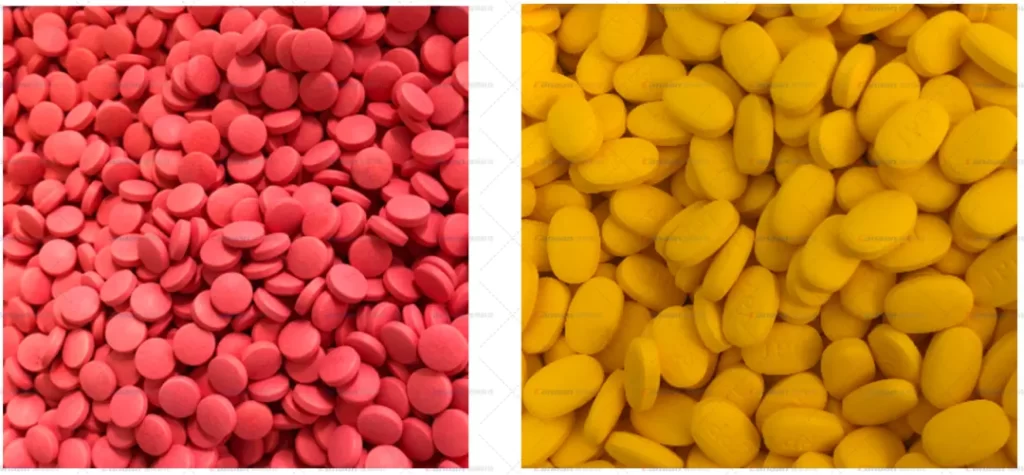
First and foremost, they protect the active ingredients in a drug from environmental factors such as moisture, light, and oxygen, ensuring that the drug remains effective throughout its shelf life. Coating also improves the aesthetic appeal of a tablet, making it easier for patients to swallow and more pleasant in terms of taste and odor.
In addition to protection, coatings control the release of a drug. For example, sustained-release or delayed-release formulations are made possible by coating technology, allowing for more controlled and consistent therapeutic effects.
By selecting the right coating equipment, pharmaceutical companies can ensure their products meet high standards of quality, safety, and efficacy.
Coating machines are complex systems with several integral components, each contributing to the precision and effectiveness of the coating process. Here are the primary components involved:

These components work in harmony to achieve a uniform coating that meets pharmaceutical standards.
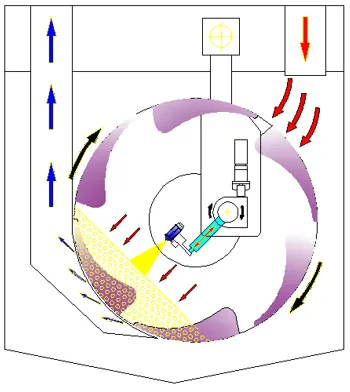
The primary principle behind a coating machine is the continuous movement of tablets while they are sprayed with a fine mist of coating solution. This ensures even distribution of the coating across each tablet, with heated air blowing to dry the coating. The coating process typically involves applying multiple layers to achieve the desired thickness and effect.
Coating solutions can vary, from film coatings to sugar coatings, depending on the application. Film coatings are typically thinner and used to protect the tablet from the environment, whereas sugar coatings are thicker and more suited to masking unpleasant tastes.
| Step | Description |
| Preparation | Measure and prepare the tablets and coating solution (water-based or solvent-based). |
| Loading | Load tablets into the rotating coating pan to ensure even exposure to the spray system. |
| Warming | Preheat the tablets to remove moisture and help the coating stick better. |
| Spraying | Spray the coating solution evenly on the tumbling tablets using calibrated nozzles. |
| Drying | Use heated air to dry the coating, ensuring each layer solidifies without defects. |
| Repeating Process | Repeat spraying and drying until the required number of coating layers is achieved. |
| Cooling | Cool the tablets to harden the final coating and prevent sticking. |
| Discharging | Carefully remove the coated tablets for inspection or packaging to avoid damaging the coating. |
Coating machines are essential tools in pharmaceutical manufacturing, ensuring that every tablet or capsule meets rigorous quality standards. Whether you’re working with immediate-release or sustained-release formulations, having the right coating equipment can significantly improve the efficiency and reliability of your production process.
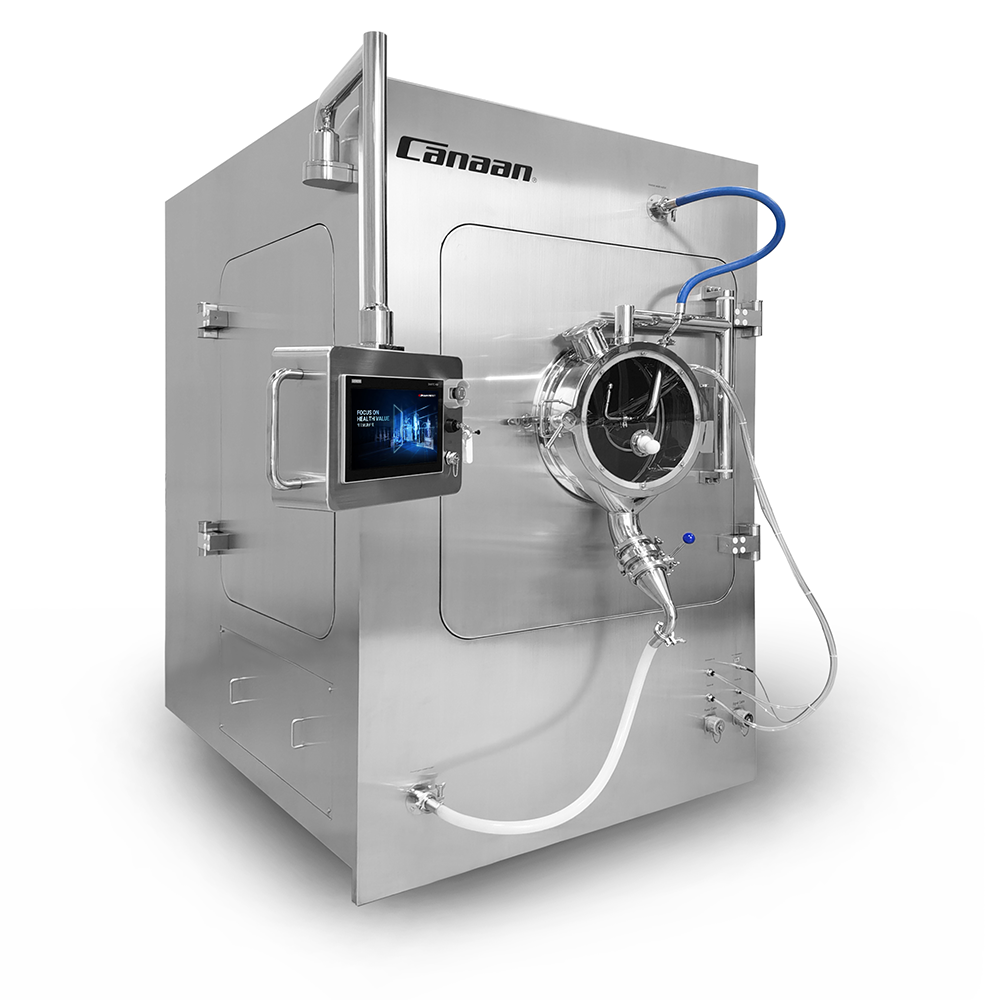


Ready to enhance your coating process? Contact us to explore our range of coating machines designed to meet the highest industry standards.
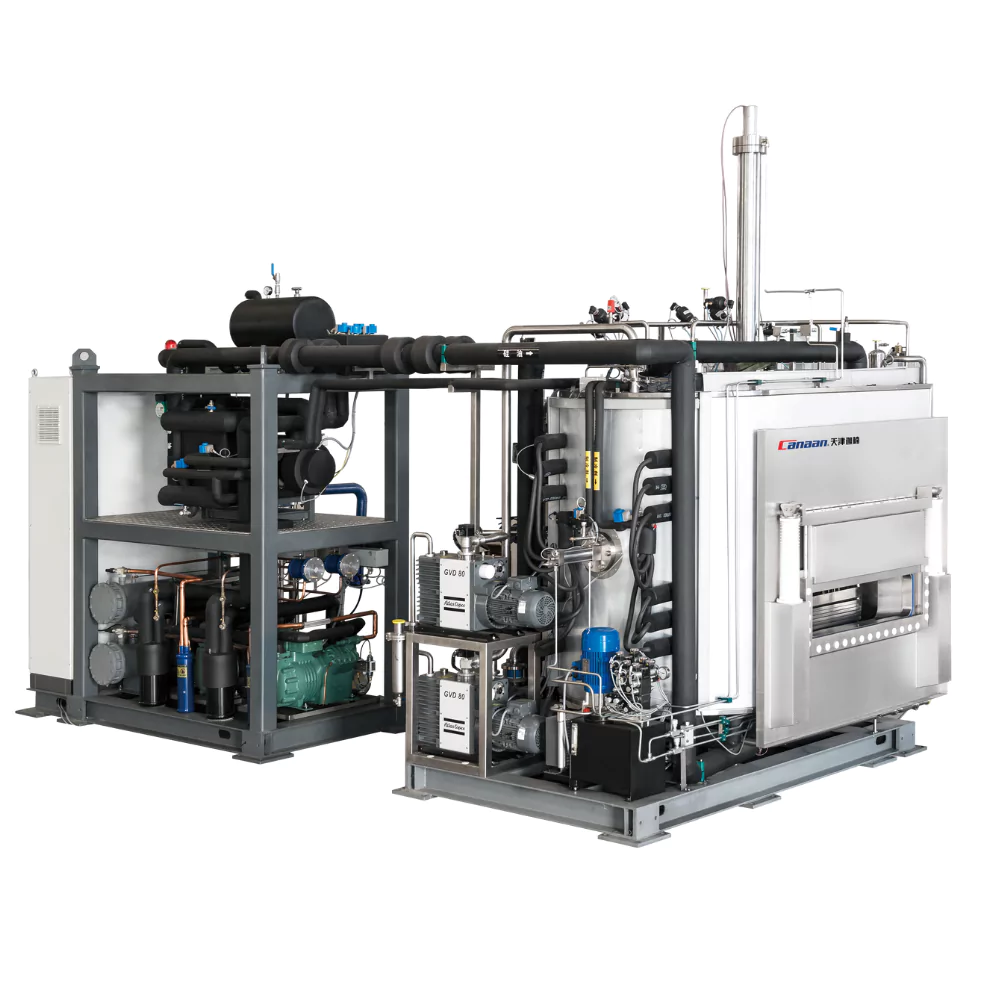

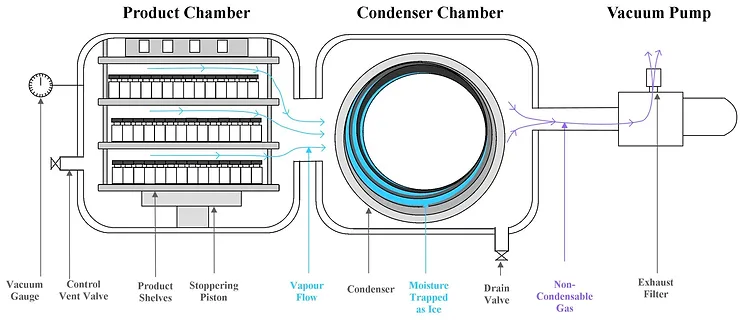

What is lyophilization? Freeze-drying, or lyophilization, is an important process in the pharmaceutical industry. It helps preserve medicines, vaccines, and other sensitive products by removing moisture. If you buy a used freeze-dried machine, it’s essential to take proper care of it. Proper maintenance will extend the machine’s life, improve efficiency, and ensure the safety and […]

What is freeze-drying? Freeze drying, also called lyophilization, is a method used to preserve medicines, vaccines, and other sensitive products. It removes moisture from products, which helps them stay stable for longer. In the pharmaceutical industry, freeze-drying is key to storing important products, like biologics and vaccines, without needing refrigeration. For freeze-drying to work, you […]

In the pharmaceutical industry, two common methods for drying products are freeze-drying and spray-drying. These methods remove water from products like medicines and vaccines, making them last longer and easier to store. But how do they work? And which one is better for different types of products? Let’s explore the differences between freeze-drying and spray-drying, […]